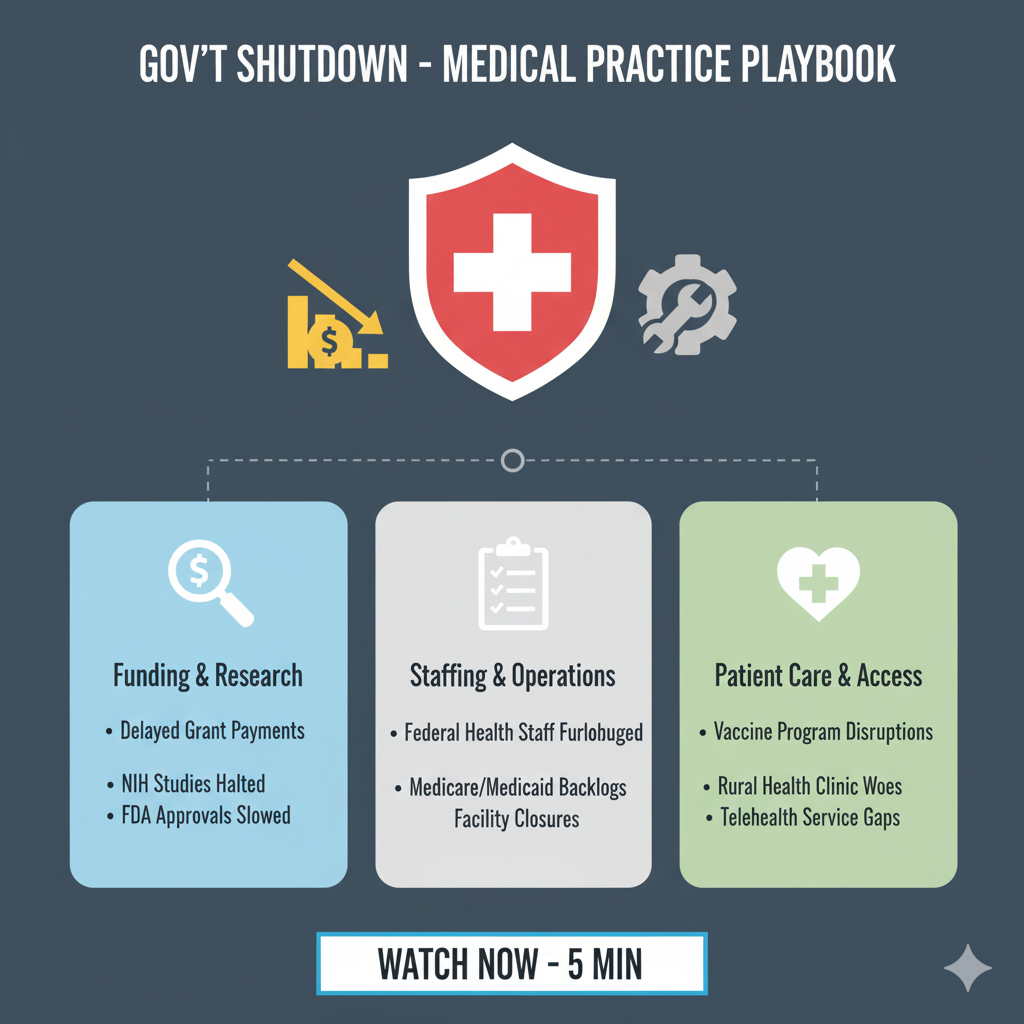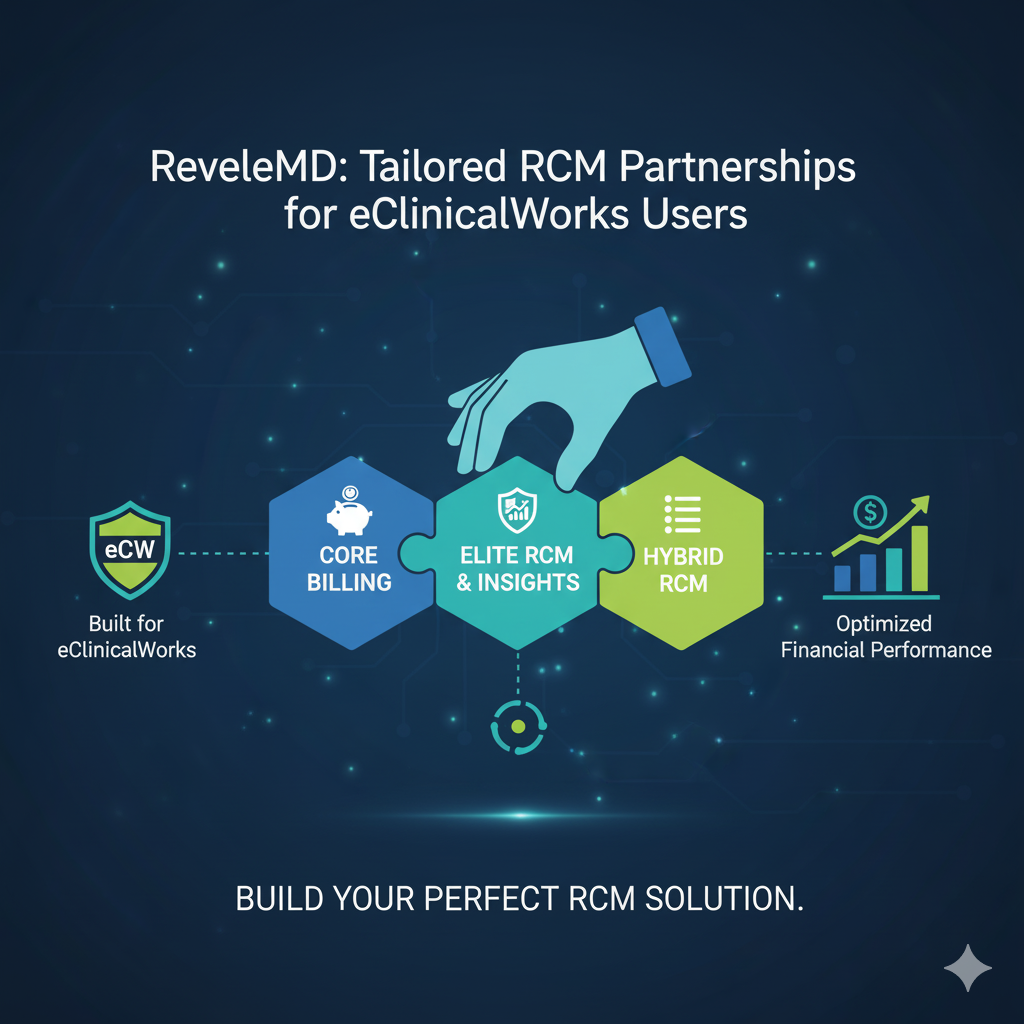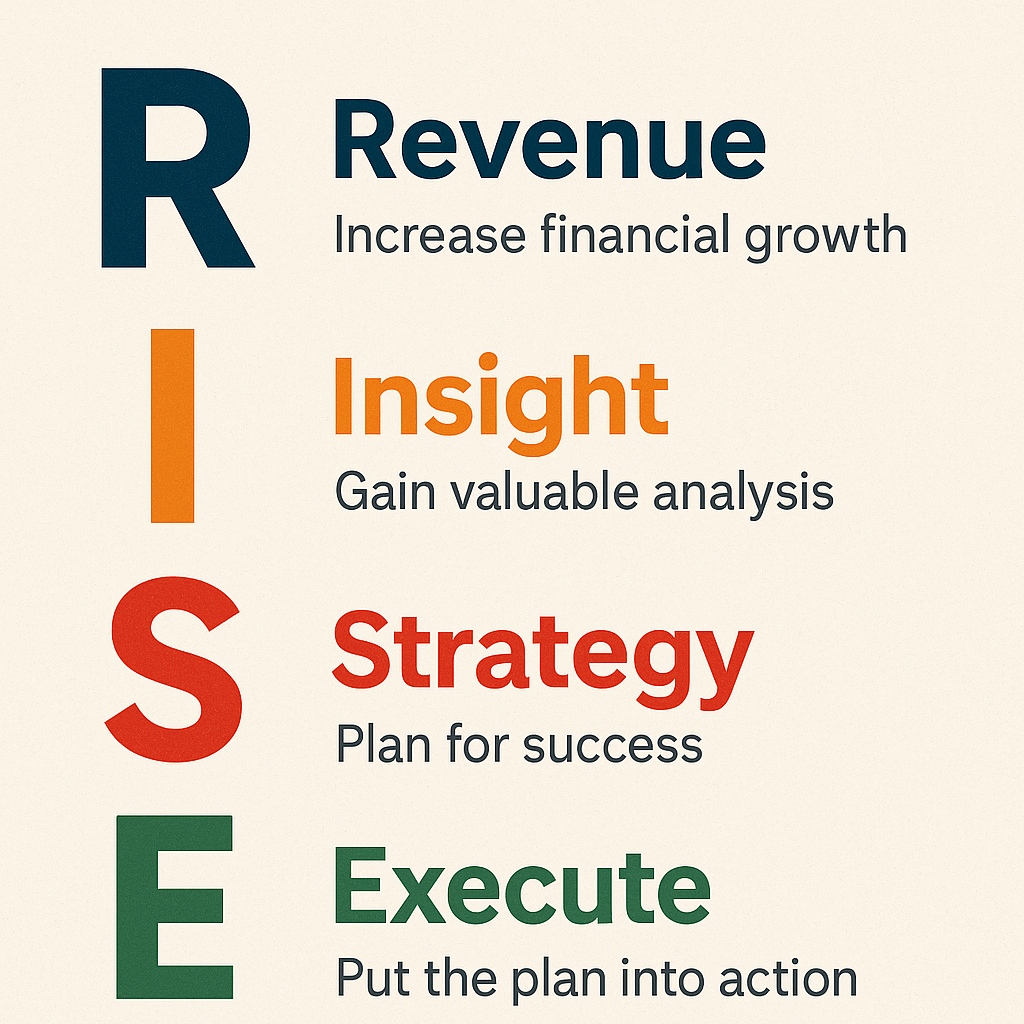Declining reimbursement is one of the biggest challenges physicians face today. Ask any physician and they will tell you about the daily struggle of getting paid for their services. However, many physicians are leaving a significant amount of money on the table by undercoding.
To be correctly reimbursed for their services, physicians have to code procedures accurately so insurers will pay them the agreed-upon amount. Overcoding and undercoding both occur when a physician isn't coding correctly and both can result in serious consequences. While overcoding can lead to an audit, undercoders risk being charged with Medicare noncompliance.
Common Causes of Undercoding
Overcoding - selecting a code that makes it appear more was done than actually was - is one reason that providers are undercoding. Overcoding can land a provider in trouble should his or her practice be audited by the Centers for Medicare and Medicaid Services (CMS), for example.
Because no physician wants to trigger an audit, the tendency is to undercode. Undercoding may be done out of fear of being audited, but in many cases, higher codes are perfectly justified based on the documentation that clinicians provide.
Studies have found that around one-third of visits were undercoded according to accompanying written documentation, and about half were undercoded based on documentation of medical decision making. An astounding 80% were undercoded based upon the number of problems presented by the patient during the visit.
Undercoding is typically found with outpatient office visits, established patient visits, office consultations, and hospital discharge day management.
Evaluation and management services in family medical practices are often undercoded compared to the actual services provided. Undercoding can occur when doctors don't consider problems mentioned by patients, and when they don't document additional work done with patients.
How Much Does Undercoding Cost?
Undercoding may forestall an audit, but it also causes practices to leave thousands of dollars on the table every year. In 2008 alone, Medicare reported that medical practices lost up to $236 million because of undercoding.
One particular real-world coding scenario that costs practices a lot of money is overusing the Evaluation and Management code 99213, which is for a simple, 15-minute face-to-face visit with Medicare Part B established patients.
This code covers office visits involving an exam and history-taking, with "low" medical decision-making. It typically involves one stable chronic or acute injury or illness that's uncomplicated and doesn't require the review of a lot of clinical data to evaluate and manage.
The code 99214 denotes a 25-minute visit, or a shorter visit that is more complex. This code is for patients with multiple chronic illnesses, those with unstable chronic illness, or who experience treatment side effects. It would seem that there would be far more 99214 visits than 99213 ones, since Medicare patients tend to be older and have multiple health problems, yet over using 99213 and under using 99214 can cost a practice thousands of dollars every month.
Benchmarks Can Help You Receive Proper Reimbursement
It's not always easy to know if you're undercoding or overcoding, but there are billing benchmarking tools that can help.
An E/M utilization benchmark can help you compare a physician's or an entire practice's evaluation and management (E/M) CPT code utilization to peers in the same specialty. This bell curve analysis can be extremely helpful if you are worried that you may be undercoding or overcoding.
This bell curve analysis will compare your coding against similar practices, with extraneous factors like geography and practice size factored out for a valid comparison. Comparing your coding with industry benchmarks can help you identify where you're undercoding, or reassure you that your coding decisions are defensible if you're trying to avoid undercoding.
The Role Your EHR Plays In Coding
An EHR that is easy to use and helps you look up a diagnosis code can make the process of assigning a code easier but be sure your documentation supports it. Documentation is obviously a big part in choosing a code. Having an EHR that is easy for you to use when it comes to documentation can also make it easier for you to assign codes.
While your EHR should save you time, make sure you're not coning your notes. Cloning notes in EMRs is not new and is intended to copy forward documentation that appeared to be the same in a patient’s medical record. The Office of Inspector General (OIG) has indicated that the practice has led to improper payments, incorrect documentation of records, and patients are being put at risk.
Here are a few tips to help you avoid false documentation of care:
- Be careful what you import from the patient’s previous exam
- Include all the elements of the visit
- Keep your default settings up-to-date
- Always practice accurate and ethical documentation
- Don’t take shortcuts with documentation
- Review before closing notes for accuracy
- Limit copy and paste functions
- Addenda only pertinent clinical information not just revenue based information
- Customize your templates-Build one template for each level of MDM (low, moderate, and high complexity)
Cloning of documentation is considered a misrepresentation of the medical necessity requirement for coverage of services. Keep in mind that no two patient encounters should look exactly alike. Regularly Avoid using the copy and paste functions and avoid using the same template for every patient encounter.
Are You Undercoding?
A recent statistic said all practices that do their own medical billing are losing about $10,000 per year on average from undercoding on their medical billing claims, not to mention losses to due to bad coding, denials and other issues that can be resolved by outsourcing your medical billing.
Nobody wants to undergo a CMS audit, and many practices believe the way to avoid one is to avoid overcoding at all costs - even if they risk undercoding. While this may help avoid an audit, it can also leave significant sums of money on the table - sums that a practice has earned fairly.
Making sure your coding and billing staff are trained adequately, and that your EMR system helps you by capturing services rendered are simple ways to help avoid undercoding without exposing yourself to heightened risk of audit.
If you aren't sure if you are undercoding or overcoding, contact us to learn how our Certified Professional Coders can help. We provide an E/M utilization benchmark to our revenue cycle management customers to ensure you are coding accurately.
end-to-end rcm solution
Demand more from your revenue cycle.
Our integrated solution brings together robust data, intelligent claim handling, and performance consulting to guarantee a 10% increase in cash flow.








